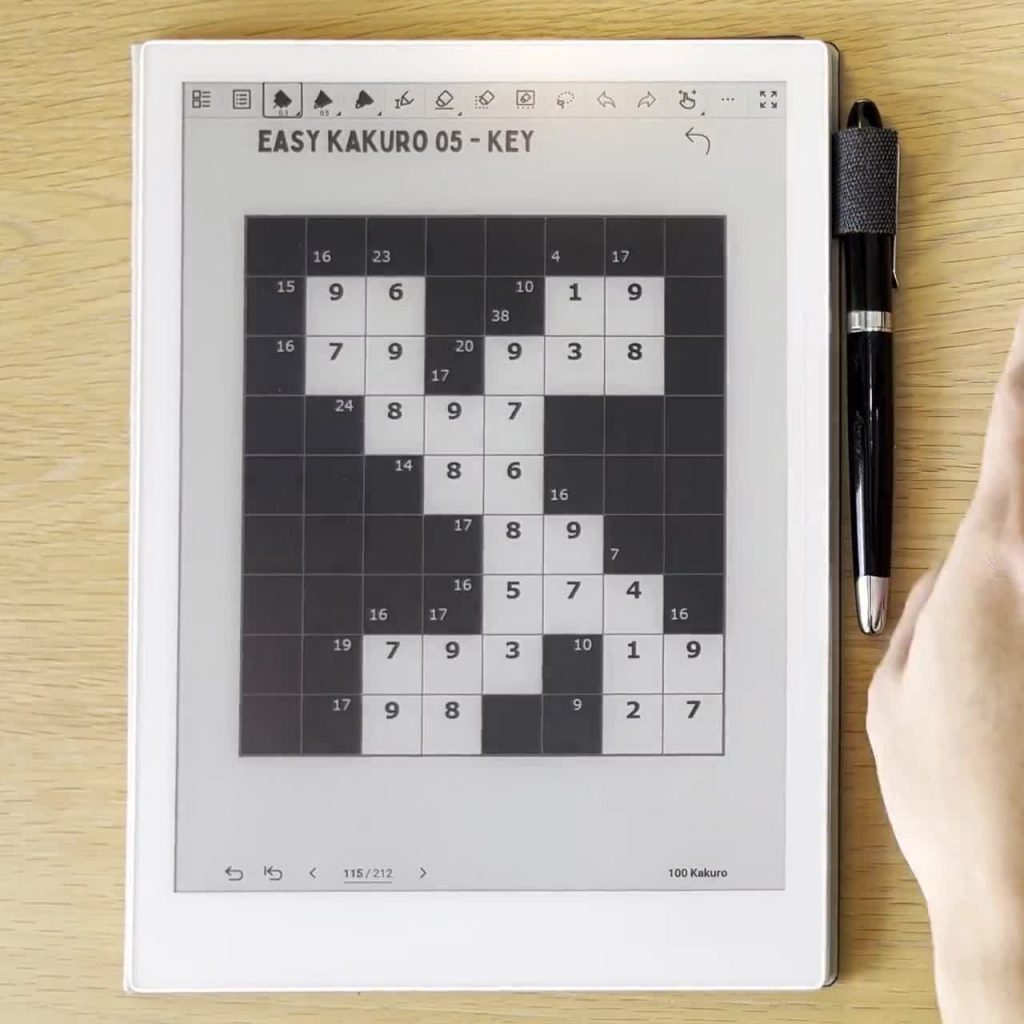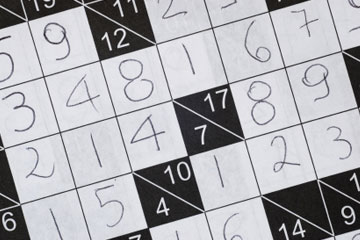Kakuro
The aim of Kakuro is to fill a grid with digits (from 1 to 9) in such a way that each horizontal and vertical “word” adds up to the number provided in its corresponding clue. Unlike Sudoku, Kakuro grids use blank spaces and clues appear in a triangle at the start of each “word.” The catch? You can’t repeat digits within a single “word.” It’s a game that combines elements of a crossword puzzle with numerical challenges, demanding both linguistic intuition and mathematical skill. Whether you’re just getting started or you’re a Kakuro veteran, the game offers a compelling blend of logic and arithmetic that keeps your brain engaged.
5 Reasons Why You Should Play Kakuro
Numerous types of puzzle games are available for play, ranging from sliding picture puzzles to elaborate AAA video
Kakuro and Kids: A Perfect Combo
Teaching fundamental mathematical concepts to children requires time and effort. The traditional approach of using colorful examples like
5 Reasons Why Kakuro Is Great for Improving Learning
Kakuro serves as an excellent puzzle for both leisure and educational purposes, offering entertainment, engagement, and cognitive stimulation
The Final Frontier
Books? Check. Internet? Check. Video Games? Check. Apps? Check. A chip installed in your brain allowing you to
The Waiting Game
If you’re not a doctor or nurse, the doctor’s office isn’t typically known for being mentally taxing. Most
What Makes Kakuro Different From Other Puzzles?
Kakuro remains relatively unknown to the average person in Canada or the USA, often overshadowed by other worldwide
Kakuro Players Are Not Alone
Enthusiasts of puzzles like Kakuro have often been stereotypically portrayed as quiet individuals, engrossed in solving puzzles alone
Kakuro vs. Sudoku
Cats vs. Dogs PC vs. Mac Star Wars vs. Star Trek Pepsi vs. Coke Free vs. Premium Challenging
Kakuro For All
As you find yourself in contemplation, seeking the right combination of digits to achieve 30 vertically and 24








